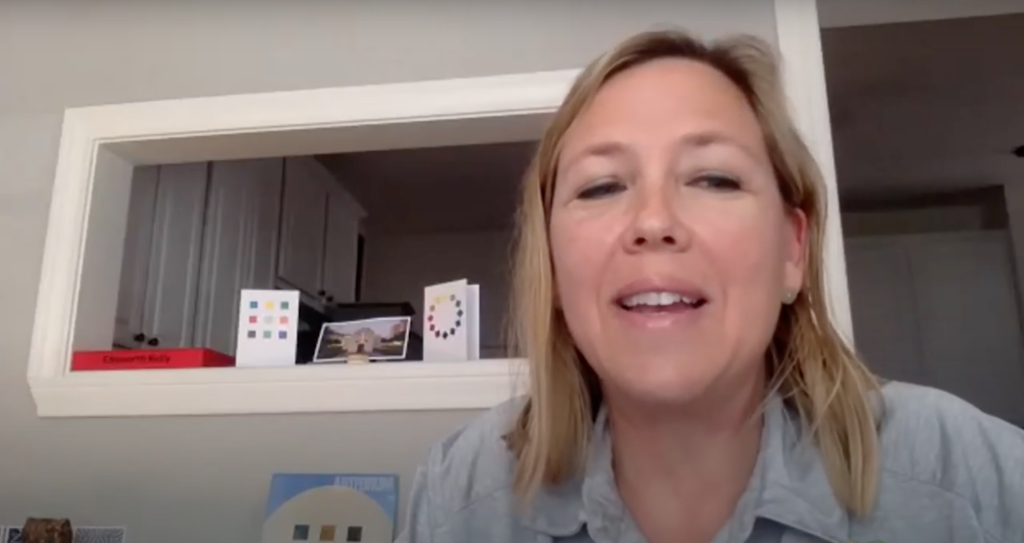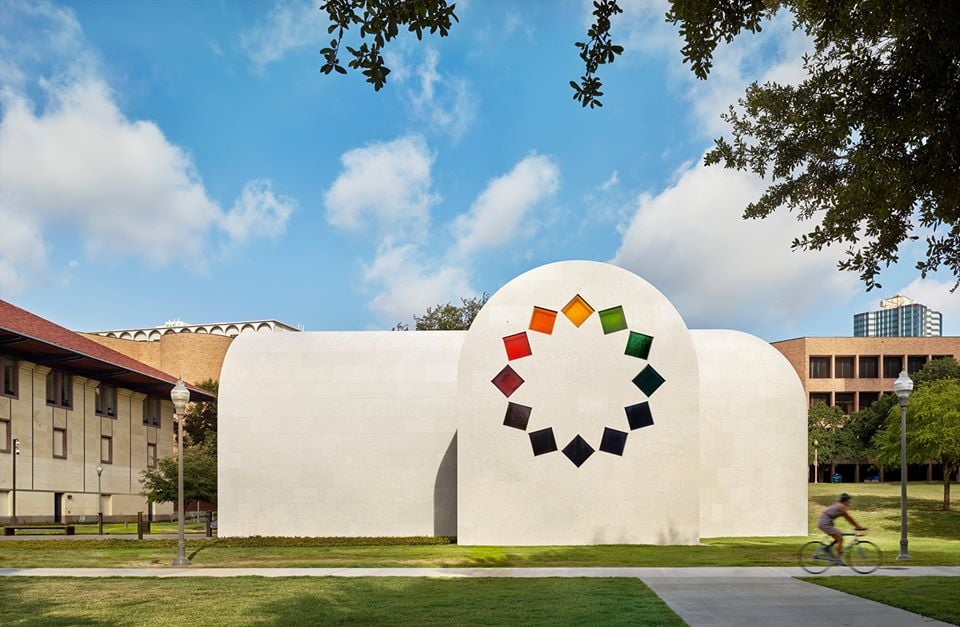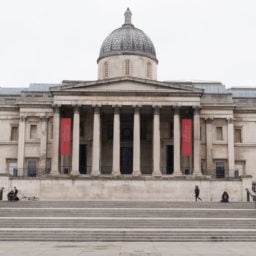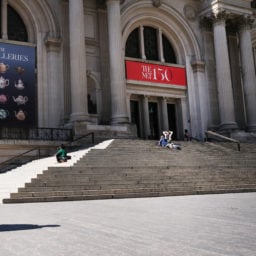As museums shuttered throughout the US, many were forced to cut staff through layoffs and furloughs, including New York’s Metropolitan Museum of Art and the Broad in Los Angeles.
But thanks to some creative strategizing, the Blanton Museum of Art at the University of Texas at Austin has managed to keep its entire staff on the payroll since the school shut down operations on March 13.
Museum director Simone Wicha, who recently published an op-ed about her approach in the Wall Street Journal, began thinking about ways to redeploy staffers who were unable to work during a prolonged shutdown in new ways.
“From the beginning, I realized my team would likely be idle for at least four to six months and we needed to reinvent,” Wicha told Artnet News in an email. “What also was clear was that social distancing would be needed for a much longer time frame, so budgeting would be different for a very long time.”
“I was distraught about what [the shutdown] might mean for our team, and started realigning the budget immediately to prevent layoffs,” she added. “Beyond the financial challenges, I was especially mindful that losing our sense of purpose as a team or having individuals whose job was suddenly obsolete would create tremendous anxiety—and that’s not healthy.”

Curator Veronica Roberts during “Curated Conversation,” a digital program at the Blanton. Photo courtesy of the Blanton Museum of Art, the University of Texas at Austin.
With that in mind, Wicha asked the museum’s department heads to identify potential projects to work on during the lockdown—things that normally would be pushed to the bottom of the to-do list by more pressing day-to-day needs. Then she drafted a questionnaire for staffers, asking them to evaluate their skills in areas not necessarily related to their regular job responsibilities—were they a Photoshop whiz? A great writer?
Wicha then matched the 32 employees whose jobs were most at risk to 30 new lockdown projects.
“I already knew that our staff was multitalented, smart, and adaptable,” she said. “The surprise has been in learning about their specific talents.”
The maintenance man stopped worrying about paint touchups and HVAC repair and started assisting the development department by drafting thank you notes for donors, making use of his beautiful handwriting. Security guards were redeployed to add “alt text,” or descriptions for the visually impaired, to images on the museum website. Art handlers and event planners have been doing collection research about the museum’s lesser-known artists.

Ellsworth Kelly’s Austin at the Blanton Museum in Austin, which has so far avoided layoffs. Photo courtesy of the Blanton Museum of Art.
More than just busy work, these tasks will help the museum long-term as it looks to bounce back from the extended closure. And not only are they keeping staff on the payroll, these new responsibilities have been good for morale.
“I’ve heard directly from various staff members about how they’ve enjoyed interacting with others not usually involved in their workday routine, and how they’re proud of advancing the museum’s mission for our community,” said Wicha. “Some of the staff is really getting to stretch and develop new skills that I know will serve them and us well in the future.”
Although these measures have been a success, the Blanton’s finances are still shaky, and will likely remain so even after reopening.
The Blanton’s annual operating budget is an average of $7.7 million, and the university provides about 18 percent of that, making admissions from visitors and fundraising its primary sources of income. With the doors closed, that money would no longer be coming in, but some 40 percent of the museum’s expenses went toward programming and departmental needs—installation costs, advertising, summer programming—which Wicha could cut. The rest represented salaries and benefits for the staff of 70.

The Modern and contemporary galleries at the Blanton Museum. Photo courtesy Blanton Museum of Art, the University of Texas at Austin.
“The fact is, like many of our colleagues across the country, we expect a decline in attendance when we reopen, because of social distancing and the new norms of everyday life. The financial challenge will continue, because we’ll be serving a fraction of our normal visitors and with that comes a fraction of the income,” Wicha said. “We’ll have to continue to be thoughtful and creative about our program in order to avoid layoffs in the future.”
Texas museums have had the green light to open since the beginning of the month, but many have not jumped at the opportunity. This weekend, the Museum of Fine Arts, Houston, became the nation’s first major art museum to welcome back visitors after lockdown, and the San Antonio Museum of Art will follow today.
The Blanton will remained closed through at least the end of June, when the University of Texas plans to announce its reopening plans.
“We won’t be going back to the same museum we left on March 13,” said Wicha. “It will be a whole new experience for us and for our visitors. But I believe that sharing beautiful experiences around works of art will bring us—and keep us—together.”
Follow Artnet News on Facebook:
Want to stay ahead of the art world? Subscribe to our newsletter to get the breaking news, eye-opening interviews, and incisive critical takes that drive the conversation forward.











